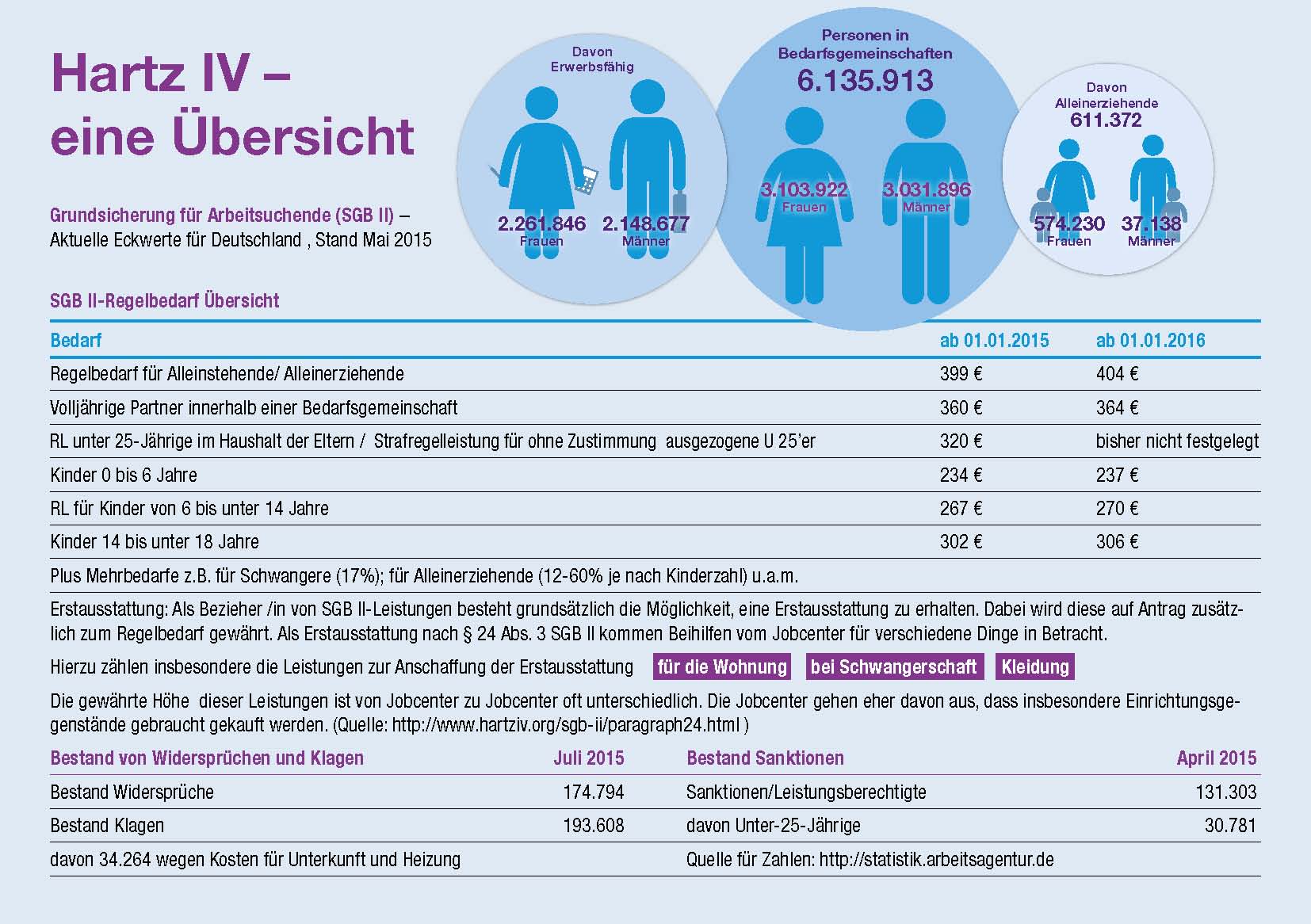children’s rights
The German League for the Child celebrated its 40th anniversary with an interdisciplinary annual conference in the Berlin House of Representatives. In addition to children’s rights, the focus was also on child development from a neurobiological perspective and an ethics of educational relationships in heterogeneous groups.
The German League for the Child celebrated its 40th anniversary with an interdisciplinary annual conference in the Berlin House of Representatives. In addition to the rights of the children stood there also the Focus on child development from a neurobiological perspective and an ethics of educational relationships in heterogeneous groups.

The president of the league, Prof. Dr. Sabine Walper, a first interim assessment of what has been achieved and the challenges ahead. Basically, the league is committed to the rights of children in all situations and especially in the first years of life. Based on the children’s rights approach, children would be seen as independent subjects and as bearers of their own rights. The principle of universality and indivisibility applies. In this sense, all children are equal and none should be discriminated against. As the main focus of her future work, she listed three topics:
- Equal opportunities and fairness
- KiTa Quality Act
- Children’s rights in the Basic Law
Child poverty is "a shame"

In a greeting, Federal Minister of Family Affairs Katarina Barley also underlined the need for a quality development law and the "agreement between the federal and state governments on common standards". As a central challenge, she highlighted the problem of child poverty, which currently affects or threatens 19 percent of all children. "It is a shame," she said, referring to the associated limited participation and thus educational opportunities for these children. Just like the German League for the Child, Katarina Barley also spoke out in favor of including children’s rights in the Basic Law, with which the interests of the children e.g. in traffic planning or with regard to the family reunification of refugee children and adolescents currently suspended. In principle, she praised the UN Convention on the Rights of the Child adopted in 1989 and the federal law on nonviolent education passed in 2000 as “milestones” that would have resulted in “a fundamental change in attitudes towards children”.
Development of children’s rights
The development of children’s rights subsequently also took Dr. Lore Maria Peschel-Gutzeit in the eye, who worked as a lawyer, judge and senator as well as the veteran of the German League for a lifetime. At the time of the founding of the German League, the parents still had "all the power" over their children and they had to chastise them accordingly frequently. It was only in 1980 that children were enshrined in the law as holders of their own rights, and “parental authority” was converted into “parental care”. She also saw the absolute ban on violence against children of 2000 as a major milestone in the struggle for children’s rights. As a central current goal of the German League, it also emphasized the inclusion of children’s rights in the Basic Law, "since the state as a whole is more responsible for it layout the living conditions of children and their families. ”Another goal, especially in view of the demographic development with which children’s concerns threatened to fall, was the realization of a“ right to vote for children from birth ”. In another lecture, the lawyer Dr. Contrary to popular legal opinion and with astounding argumentative power, Axel Adrian shows why the right to vote for children could or should be implemented without great hurdles.
Increasing social spread and importance of education
The close connection between education or non-education and an "increasing social spread" led Prof. Dr. Jutta Allmendiger, President of the Berlin Science Center for Social Research, emphatically in front of the conference audience. To do this, she looked at five key “dimensions of inequality”:
- Life expectancy / health
- Income and property
- Family / social environment
- Skills to create a good life
- Participation

As Jutta Allmendiger explained, the large differences in the individual dimensions are closely related to the level of education. Well-educated people live much longer, have significantly higher incomes and assets, a more diverse circle of friends and political participation in elections is extremely dependent on their level of education. In addition, there is an increased tendency that well-educated and well-earning people increasingly partner with each other and thus promote social segregation. With regard to the competencies to create a good life, the belief in self-efficacy and the possibility of change also correlated with higher education and on the other hand there was a tendency to be "stiff with fear".
Based on these findings, a "preventive and early childhood education policy" with corresponding comparable and binding quality standards is necessary. In addition to individual support for the children, Allmendinger also called for closer cooperation with parents: "We have to pick up parents and win them actively".
For a preventive educational policy in the elementary area, “more and better paid staff” was also necessary. Overall, the early education system needed "more money" and Allmendinger also saw the economy as a duty here. With regard to the discussion about G9 or G8, she referred to the negative effects of the "fast fast" of the past years. School time must be extended, because school is now more than ever required to “impart social skills and teach democracy.”
Early course setting from a neurobiological point of view

To what extent does early childhood really set the course for future educational and professional biography? Dr. answered this question Nicole Strüber based on the development of the brain in the first years of life. In particular, she focused on the functions and developments of the stress and binding system as well as the corresponding "stress hormone" cortisol and the "binding hormone" oxytocin. While too much cortisol can cause permanent stress and damage nerve cells, oxytocin promotes trust and empathy, inhibits the stress system, promotes social motivation and the perception of social stimuli.
A secure, reliable bond is now associated with the release of oxytocin and promotes the development of a well-balanced stress system, good emotion regulation and the development of various (social) skills and resources – not least also later parental skills. An insecure bond, on the other hand, is associated with the release of cortisol and corresponding poorer stress and emotion coping as well as reduced performance. "Early brain chemistry shapes the later one", Nicole Strüwer summed up, underlining the importance of the first months and years.
In addition to the early childhood experiences, three other factors are decisive for the actual expression of the child’s personality: the genes, the prenatal experiences and the epigenetic characteristics that have only recently been investigated. When it comes to genetic makeup, there are, for example, serious differences in the extent to which early childhood environmental and thus, for example, bonding experiences have an impact on personality. Likewise, the production and distribution of cortisol and oxytocin, as well as their reception, vary based on the genetic makeup. However, it is undisputed today that earlier stress can lead to epigenetic markings and thus to the shutdown of certain genes. This even turned out to be inheritable, so that the stress or trauma experiences of the ancestors could have a (negative) effect on the stress reaction of the descendants.
Basically, according to Nicole Strüwer, no general statements could be made about the consequences of insecure attachment experiences, since the respective basic genetic makeup is very different and each child reacts differently to it. The negative effects of early brain connections and epigenetic markings are also not set to last forever, but could be corrected by later interventions. However, these are very complex.
For one "Ethics of educational relationships"
"Which binding educational ethos is necessary and possible in view of the increasing social plurality"? This question was the focus of Prof. Dr. Annedore Prengel. She emphasized the "desire for recognition" as the basic commonality of all people and especially children. This requires "reliable, approachable and appreciative relationships".

After a big one investigation However, out of 12,000 vignettes from everyday KiTa life, the researcher found that 25 percent of all pedagogical interactions are hurtful. For individual daycare centers, this rate rises to up to 60 percent. "Mental violence is the most common type of violence in children," she said. In order to raise awareness of such hurtful interactions and prevent them in the future, new approaches to teamwork in daycare centers such as e.g. supervision and coaching. The aim is a professional attitude, which on the one hand offers the children reliable support and on the other hand the space for their own steps.
"It is imperative to formulate binding ethical principles of such professional pedagogy," emphasized Prengel. The goal is the "recognition of all people" on the basis of universal human rights. The “Reckahner Reflections on the Ethics of Pedagogical Relationships”, developed in cooperation with various experts and institutions, offer a first approach here. The key elements here are:
- Address and treat children with respect; Treat children in a non-discriminatory, disrespectful, humiliating or abusive manner
- Instructions for self-respect for children and recognition of others
Future of children’s rights

At the end of the anniversary conference of the German League for the Child, the focus was once again on children’s rights. Prof. Dr. Lothar Krappmann, including a former member of the UN Committee on the Rights of the Child, saw a "double task" for the future: On the one hand, existing children’s rights would have to be consistently realized, strengthened and expanded and understanding for them deepened. "On the other hand, we ourselves have to increasingly involve children in their implementation and make them co-responsible". Human rights education belongs to the core curriculum of schools and an "infrastructure for the participation and also complaint of children" must be created. This also includes the right to vote for children. From a global perspective, Lothar Krappmann saw children’s rights threatened in a variety of ways: through war, displacement, environmental disasters, through poverty, exploitation, violence and lack of education. He criticized Europe for "that it first creates refugees and then curtails the rights of refugee children" – for example, by suspending family reunification.

The fact that children’s rights are still a long way from being firmly anchored in people’s minds at an early stage was demonstrated by a concluding report by Jörg Maywald moderated panel discussion. Three students from the Master’s program in Childhood Studies and Children’s Right at the University of Potsdam also took part in it, who reported in unison that they only found out about the UN Convention on the Rights of the Child in their studies. In this sense, there is still a lot to do when it comes to publicizing and realizing children’s rights. As a central lever in the further discussion, Dr. Thomas Fischbach, representative of many other discussants and speakers at the conference, once again the "Education Funding and Participation in Education".
Photos: Michael Winkler
From the archive of Early Education Online, first published: October 17, 2017
RELATED ITEMS
-
Children’s rights and duties: what must and what can my child do
What the state believes children “I still have to…” and “May I still…” are often the start of long discussions between parents and children. We clarify you in general…
-

Investments against child poverty pay off, politics – society, dw
Katharina Spieß is a professor of family and education economics at the Free University of Berlin and responsible for education at the German Institute for…
-

Child nutrition – meaning – tips for healthy nutrition, Germany
A healthy life depends largely on a healthy diet. Anyone who eats too fat, too sweet or simply too unbalanced will quickly turn on…
-

What does child poverty mean? Child poverty in Bonn
Child poverty: Children particularly affected by poverty In 2007, German children and adolescents spent 19.5 billion euros on sweets…
